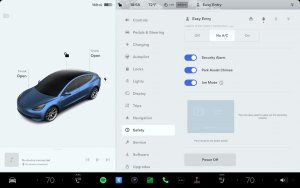Missed Tesla's Q2 Earnings Call? Read Our Bullet-Point Summary of Everything Announced

Did you miss Tesla’s Earnings Call, or just want to see a summarized version? We’ve got you covered. Below is an outline of everything talked about during Tesla’s earnings call and Q&A session.
EV Market and Giga Factories
Strong EV adoption, despite short-term challenges.
Positive long-term outlook
Future vision for an all-electric future, including boats and planes.
Possible vehicle tariffs for Mexico means that Giga Mexico is on hold.
Giga Berlin could serve as a new export point as tariffs are placed on Chinese-built vehicles in Europe.
Production
Affordable Tesla model expected to be revealed in the first half of 2025.
Expansion of vehicle lineup, including new trims and paint options in 2024 has helped sales
Cybertruck production has tripled so far – 1,400 per week, and ramping continues.
Expected to be profitable by the end of 2024.
Model 3 and CT are still being impacted by tariffs as they scale up.
4680 cell production improvements
51% more 4680 cells in Q2 over Q1, with a COGS reduction.
1,400 CTs per week on 4680.
Tesla is reaching cost-parity with other cells by the end of 2024.
First Validation Cybertruck on dry-cathode process has been built and is being tested.
Production launch for dry-cathode process in Q4, should drive costs down by up to 50%.
Tesla Semi factory on track for large-scale production by the end of 2025.
Giga Berlin has begun producing and delivering RHD vehicles, including to the UK.
Roadster engineering is complete and expected to see production sometime in 2025.
Tesla’s guideline for production is 300mi on a single charge.
Tesla expects to expand its Supercharging network globally to meet this goal.
This seems to be the data-driven distance that Tesla has found most suitable for general driving uses.
FSD, Autonomy, AI
Tesla continues to work towards unsupervised FSD. Aiming to see unsupervised FSD by the end of 2024, if not the end of 2025.
Elon has admitted he’s been overly optimistic in the past.
This new estimate is based on current trends in miles per intervention growth.
Robotaxi event to take place on 10/10/2024.
Elon wanted to improve Robotaxi a bit more, and also show off “some other things”
Tesla is looking to seek FSD approval with V12.5 or V12.6 in Europe, China, and other countries, hopefully by the end of the year.
Tesla is in talks with multiple OEMs for FSD licensing.
OEMs will need 360* camera coverage, a gateway, and Tesla’s AI computers at minimum.
Tesla is looking for OEMs to produce over 1m vehicles per year.
Disclosure of an agreement will happen in conjunction with the signing OEM.
Optimus is working in Tesla’s factories in a limited capacity.
Limited initial production to begin at Giga Texas in early 2025.
Tesla expects to use V1 to iron out bugs internally.
V2 is expected through 2026 and will be sold to outside customers.
Tesla will continue working on DOJO, as acquiring Nvidia GPUs is becoming more and more difficult.
Tesla aims to be competitive with Nvidia in the AI GPU space in the future.
Tesla aims to launch distributed compute alongside its AI5 hardware (formerly HW5).
AI5 is expected to launch in late 2025 and be in mass production by early 2026.
Distributed compute could use about 100 hours of idle time per week to generate income.
Grok in Tesla could be a thing of the future, Tesla has learned a lot from xAI.
A proposed shareholder vote on investing in xAI could happen soon.
Tesla’s Financial Performance in Q2 2024
Record quarter for regulatory credits.
High interest rates globally have impacted sales and revenue per unit.
Tesla has offset rates in the US through competitive financing rates and expects to continue this into Q3 2024.
Service and Merchandise profits have improved incrementally this quarter.
Energy Storage deployments doubled between Q1 to Q2, leading to record revenue and profits.
Tesla has a positive cash flow of $1.3 billion after restructuring this year.
Restructuring cost approximately $622m
Total free cash float of $30B.
Capital expenditures of approximately $10B this year but beginning to come down.
This includes the money already spent on the new AI supercomputer cluster.
Energy Storage and Deployment
Tesla’s Megapack factory production continues to ramp up, new Shanghai Megafactory is well in progress.
After the completion, current production is expected to double or triple.
Tesla is currently constrained by production.
Powerwall 3 is now available in multiple countries, and demand is exceptionally high.
There is a long pipeline between purchase and delivery for Megapack, Tesla has good pricing leverage and is working with global energy providers.
Chinese OEMs are competitive, but Tesla offers a full software stack, including Auto Bidder with its Megapacks.
New Megapack demand lines:
Buffer for power plants – Megapack can buffer power plants so they can run at a steady state, improving power production and efficiency by 2-3x.
AI and Data Center backup – AI compute is power-hungry, and data centers are now looking to Megapack to provide battery backup.











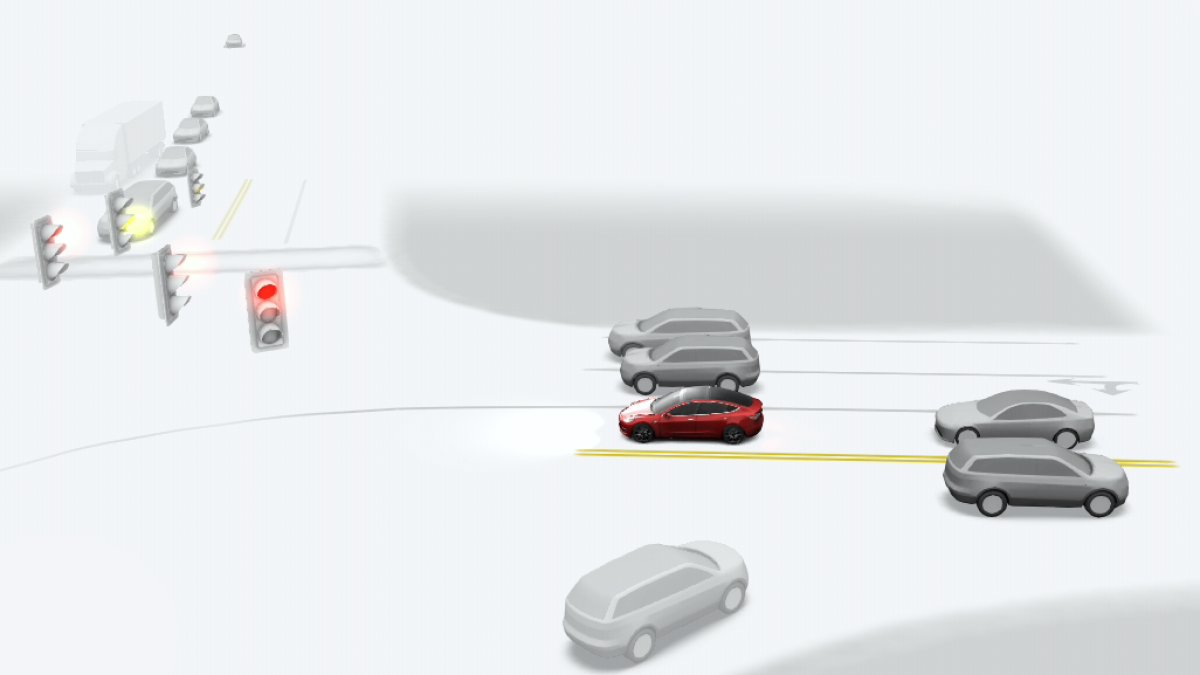
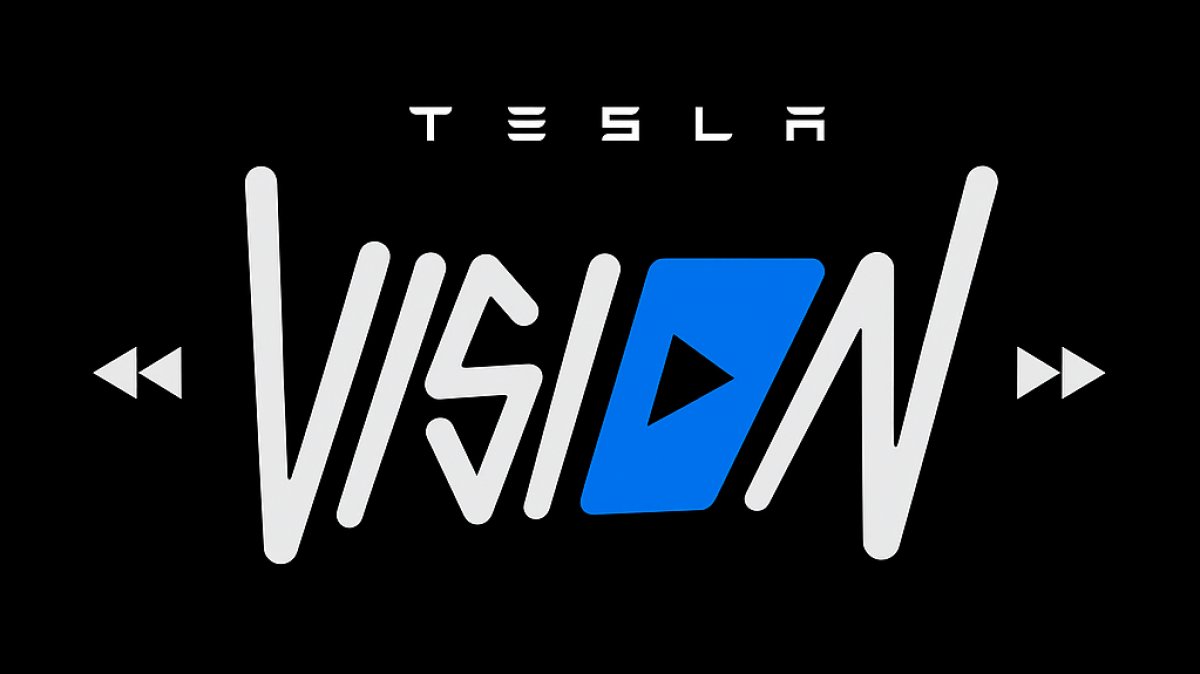

![Tesla Launches 'TeslaVision' Contest With Big Prizes — See Last Year’s Winner [VIDEO]](https://www.notateslaapp.com/img/containers/article_images/2025/tesla-vision.webp/0458df1c6ed085c427608f0cf762de64/tesla-vision.jpg)
![Tesla Officially Unveils New Model S and Model X: All the Changes [Photos]](https://www.notateslaapp.com/img/containers/article_images/2025/refresh_s_x_1.jpg/31a01e933ae496b97965b27db360f11b/refresh_s_x_1.jpg)
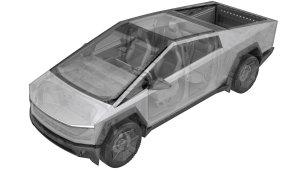
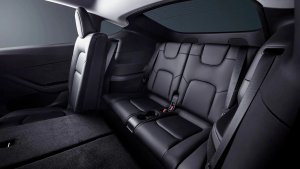
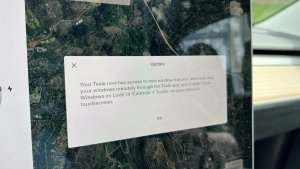
_300w.png)

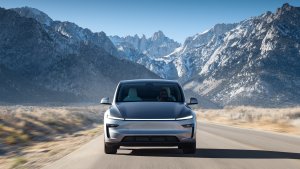
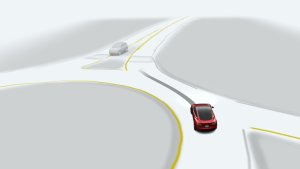
![Driverless Tesla Robotaxi Spotted on Camera in Austin [VIDEO]](https://www.notateslaapp.com/img/containers/article_images/robotaxi/robotaxi-public.webp/5ffd9ed0c2c7f9dbfee05decb1c19a2f/robotaxi-public.jpg)
![New Model Y Performance Hits Nürburgring -- Our Best Look yet at the Upcoming Performance Model [VIDEO]](https://www.notateslaapp.com/img/containers/article_images/model-y-2025/model_y_performance_front.webp/a1fc68836e87fa694d414637ec5278b5/model_y_performance_front.jpg)
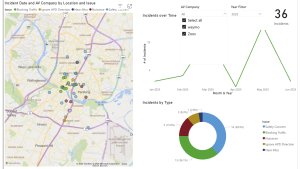
![Tesla Update 2025.20 Adds Multiple Camera Improvements [VIDEO]](https://www.notateslaapp.com/img/containers/article_images/tesla-screen/camera-toggle-wide.jpeg/cc9bd521da6a6d31af3812c1def70725/camera-toggle-wide.jpg)
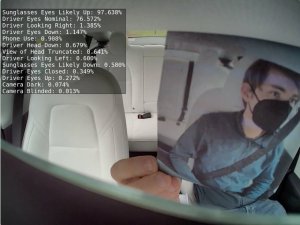
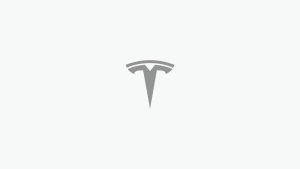
![Elon talks about Twitter and job cuts at Bloomberg forum [video]](https://www.notateslaapp.com/images/news/2022/elon-musk-qatar-forum_300w.jpg)
